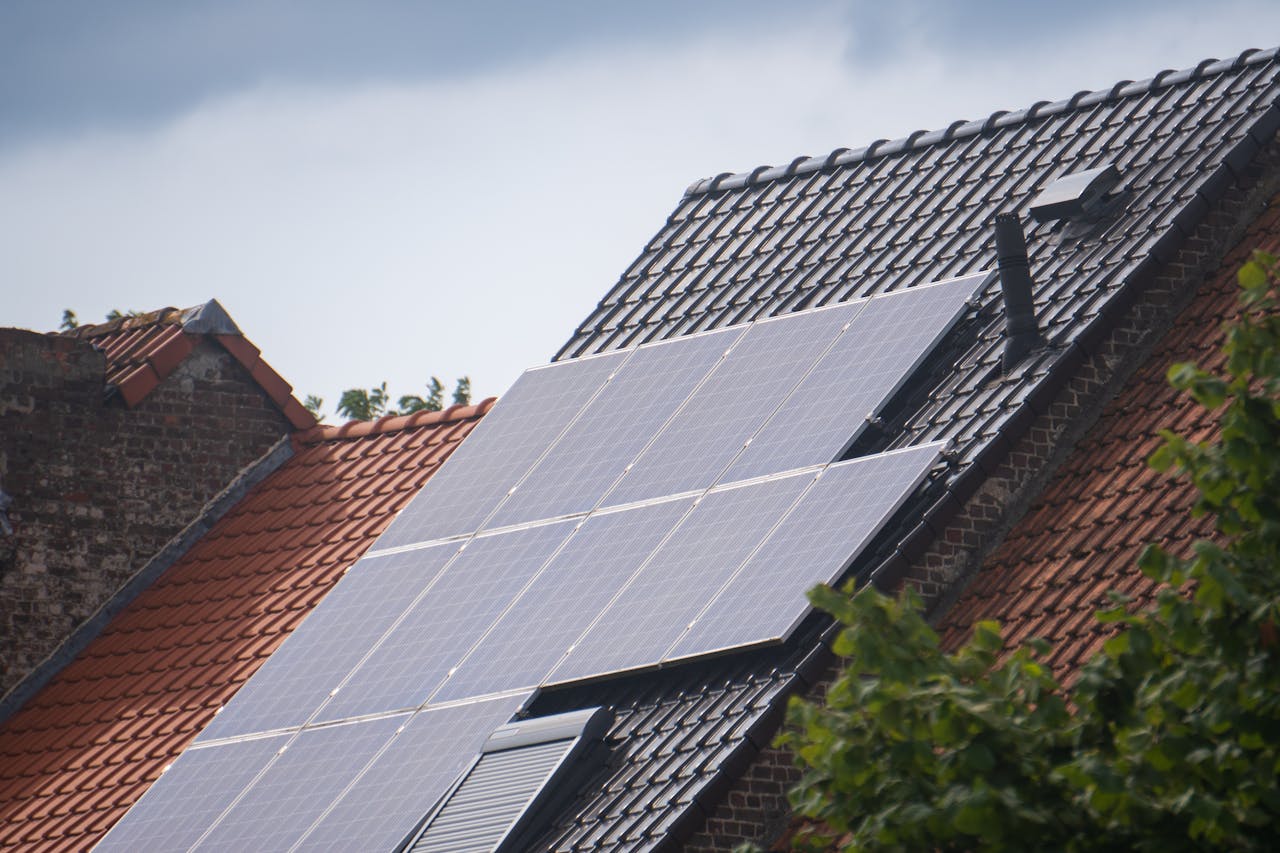
In today’s rapidly growing world, balancing development with environmental preservation is more important than ever. Ecological restoration in construction is emerging as a solution that harmonizes the built environment with nature.
By integrating restoration efforts into construction practices, we can repair damaged ecosystems while meeting the demands of modern infrastructure. This forward-thinking approach benefits the planet and shapes the future of sustainable development.
Why Ecological Restoration in Construction is Gaining Importance
The growing emphasis on ecological restoration in construction in the 21st century reflects the industry’s shift toward more sustainable practices. Traditionally, construction disrupts ecosystems, causing habitat loss and environmental degradation.
However, by integrating restoration efforts—such as replanting native species, rehabilitating wetlands, and creating green spaces—developers can help rebuild ecosystems while enhancing the surrounding environment. These actions support biodiversity, boost community health, increase property values, and improve air and water quality.
As environmental regulations tighten, companies that embrace ecological restoration will be better positioned for future success, making this approach essential for a sustainable future.
Find Your Place in an Eco-Conscious Community
As more people seek greener lifestyles, moving to an area that prioritizes sustainability offers a unique opportunity to embrace eco-friendly living. Many communities are making significant strides toward environmental stewardship, incorporating eco-conscious practices in construction and urban planning. Relocating to such a community means becoming part of a movement that values sustainability while enjoying modern conveniences.
If these initiatives resonate with you and you’re considering a move to an eco-conscious area, choosing a reliable moving company can help make your transition smooth and stress-free. A2B Moving and Storage is a trusted, professional moving company known for its dedication to making relocations as seamless as possible. Specializing in local and long-distance moves, the company offers comprehensive moving services that cater to your needs, including packing, transport, and secure storage options. Their experienced team understands the importance of minimizing disruption during a move, especially when transitioning to an eco-conscious community where sustainability is a priority.
Emerging Trends in Green Construction
Green construction is rapidly evolving, with several exciting trends transforming the industry. Bio-based materials like timber, bamboo, and hemp are becoming more popular as renewable, low-carbon alternatives to traditional materials such as concrete and steel.
These sustainable resources offer structural strength while significantly reducing environmental impact. Sustainable infrastructures also combat climate change by lowering carbon footprints and enhancing resilience. Renewable energy sources, such as solar panels and wind turbines, are also being integrated into building designs, allowing new developments to produce their clean energy.
Green rooftops and living walls are gaining traction, providing insulation and supporting biodiversity in densely populated urban areas. Technological advancements like drones, AI, and 3D printing revolutionize project efficiency by enabling precise planning and reducing waste.

Installing solar panels is a great option for rooftops.
Technology’s Role in Ecological Restoration
Technology is playing a crucial role in advancing ecological restoration within construction. Tools like drones, geographic information systems (GIS), and artificial intelligence (AI) are being used to map ecosystems, monitor restoration progress, and gather real-time data on environmental health. Drones, for example, allow developers to survey large areas efficiently, identifying damaged landscapes that need rehabilitation.
AI-powered software can analyze this data to predict the best restoration strategies, helping teams make informed decisions faster.
3D printing is also being used to create biodegradable materials that mimic natural structures, such as coral reefs or habitats for wildlife. These innovations improve accuracy, reduce human error, and enable large-scale restoration projects to be implemented.
Urban Landscapes: Nature’s New Allies
As cities grow, the need for green spaces has become more apparent.
Initiatives like green rooftops, parks, and urban forests are not just aesthetic enhancements; they play a critical role in improving air quality, reducing heat islands, and providing habitats for wildlife. These green spaces also promote community well-being by offering residents areas for recreation and relaxation.
Furthermore, rain gardens and permeable pavements are being implemented to manage stormwater effectively, minimizing flooding and reducing runoff pollution. By restoring and preserving natural elements within urban settings, cities are becoming more resilient and sustainable, creating a healthier environment for people and nature.
This trend highlights the potential for urban landscapes to thrive harmoniously with ecological restoration efforts.

Many cities now employ ecological restoration in construction.
Construction and Rewilding: A New Frontier
Rewilding is emerging as an innovative approach in construction that emphasizes the restoration of natural processes and ecosystems.
This concept involves reintroducing native species, restoring habitats, and allowing landscapes to return to their natural state. In construction projects, this can mean setting aside areas for natural regeneration or actively planting native flora to encourage biodiversity.
For example, a construction site that rewilds surrounding land can create wildlife corridors, enabling animals to move freely and thrive. Projects focused on rewilding support local ecosystems and enhance the aesthetic value of developments, attracting nature enthusiasts and potential residents.
The Role of Policy in Shaping the Future
Governments at various levels are increasingly implementing regulations and incentives to encourage sustainable practices. For instance, many regions now require environmental impact assessments for new construction projects. That ensures that any potential ecological damage is considered upfront.
Additionally, some jurisdictions offer tax breaks or grants for developers who incorporate green building practices or restoration efforts into their plans. These policies drive innovation and foster partnerships between construction firms and environmental organizations, creating collaborative approaches to restoration.
As awareness of climate change and biodiversity loss grows, policies are likely to become even more stringent, pushing the construction industry towards more responsible and restorative practices.
Challenges to Overcome
While the integration of ecological restoration into construction presents many opportunities, there are challenges that the industry must address.
One significant hurdle is the initial cost of implementing sustainable practices, which can deter developers from focusing on short-term profits. Educating stakeholders about the long-term benefits of ecological restoration, such as reduced maintenance costs and increased property values, is essential to overcoming this resistance.
There may also be a lack of trained professionals specializing in ecological restoration, making it harder to find project expertise. The complexity of coordinating multiple stakeholders—such as government agencies, environmental groups, and construction firms—can also lead to delays and conflicts. However, through collaboration and innovative thinking, these challenges can be tackled.

One of the biggest challenges we must overcome is changing our thinking.
A Future Built with Nature in Mind
As we look ahead, integrating ecological restoration in construction is not just a trend but a necessary evolution for the industry.
By embracing sustainable practices, developers can create spaces that enhance both human well-being and environmental health. From utilizing innovative materials to adopting advanced technologies, the potential for a greener, more resilient future is within reach.
Communities benefit from improved air quality, enhanced biodiversity, and greater aesthetic value in their surroundings. As awareness grows and policies evolve, the construction industry has the opportunity to lead in restoring ecosystems while meeting the needs of a growing population.
By prioritizing ecological restoration, we can build a future where development and nature coexist harmoniously, ensuring a thriving planet for future generations.





There are no comments yet